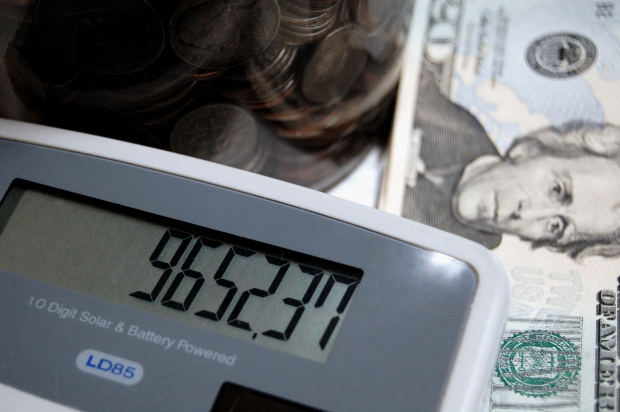
What Is a Capital Lease in Accounting?
 Leases are common in the world of business. Businesses, especially startups, often prefer to lease assets rather than purchase them. Leasing allows businesses to use assets by renting them for a given period. There are different types of leases, however, one of which is capital. What is a capital lease exactly?
Leases are common in the world of business. Businesses, especially startups, often prefer to lease assets rather than purchase them. Leasing allows businesses to use assets by renting them for a given period. There are different types of leases, however, one of which is capital. What is a capital lease exactly?
The Basics of a Capital Lease
A capital lease is a formal business contract that allows you to lease an asset with ownership rights. You can obtain a capital lease for equipment, vehicles and other assets. With a capital lease, a lender will provide your business with the asset. You’ll have a contractual obligation to make lease payments according to the lender’s terms and conditions. After the lease period has ended — and assuming you’ve paid the capital lease in full — the lender will provide you with ownership of the leased asset.
Benefits of using a capital lease include the following:
- Uses a lease-to-own model in which you own the asset after the end of the lease period
- Allows you to purchase assets without paying for them in full at once
- Ability to record operating expenses associated with assets on your business’s balance sheet
- Ability to record depreciation with assets on your business’s balance sheet
Capital Lease vs Operating Lease
In addition to capital leases, there are operating leases. Both capital leases and operating leases involve renting an asset from a lender known as a lessee. With that said, only capital leases allow you to own assets.
With an operating lease, the lessee will allow you to use the asset. Whether it’s equipment, vehicles or any other asset, you’ll be able to use it for the duration of the operating lease. And during this period, you’ll have to make payments to the lender. Both capital leases and operating leases require payments to the lender. The difference is that capital leases allow you to own assets, whereas operating leases do not.
If you opt for an operating lease, you’ll only be able to use the asset. You’ll technically only rent the asset without ever owning it. For ownership rights, you may want to choose a capital lease, instead. Capital leases come with ownership rights. Ownership rights is the distinguishing factor between capital leases and operating leases.
Have anything else that you’d like to add? Let us know in the comments section below!
